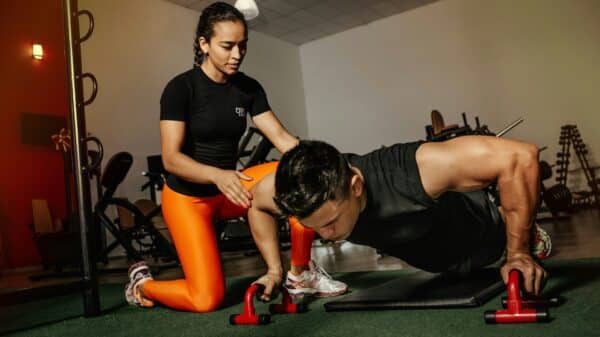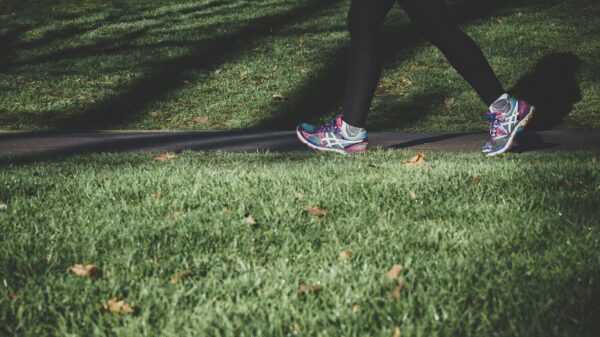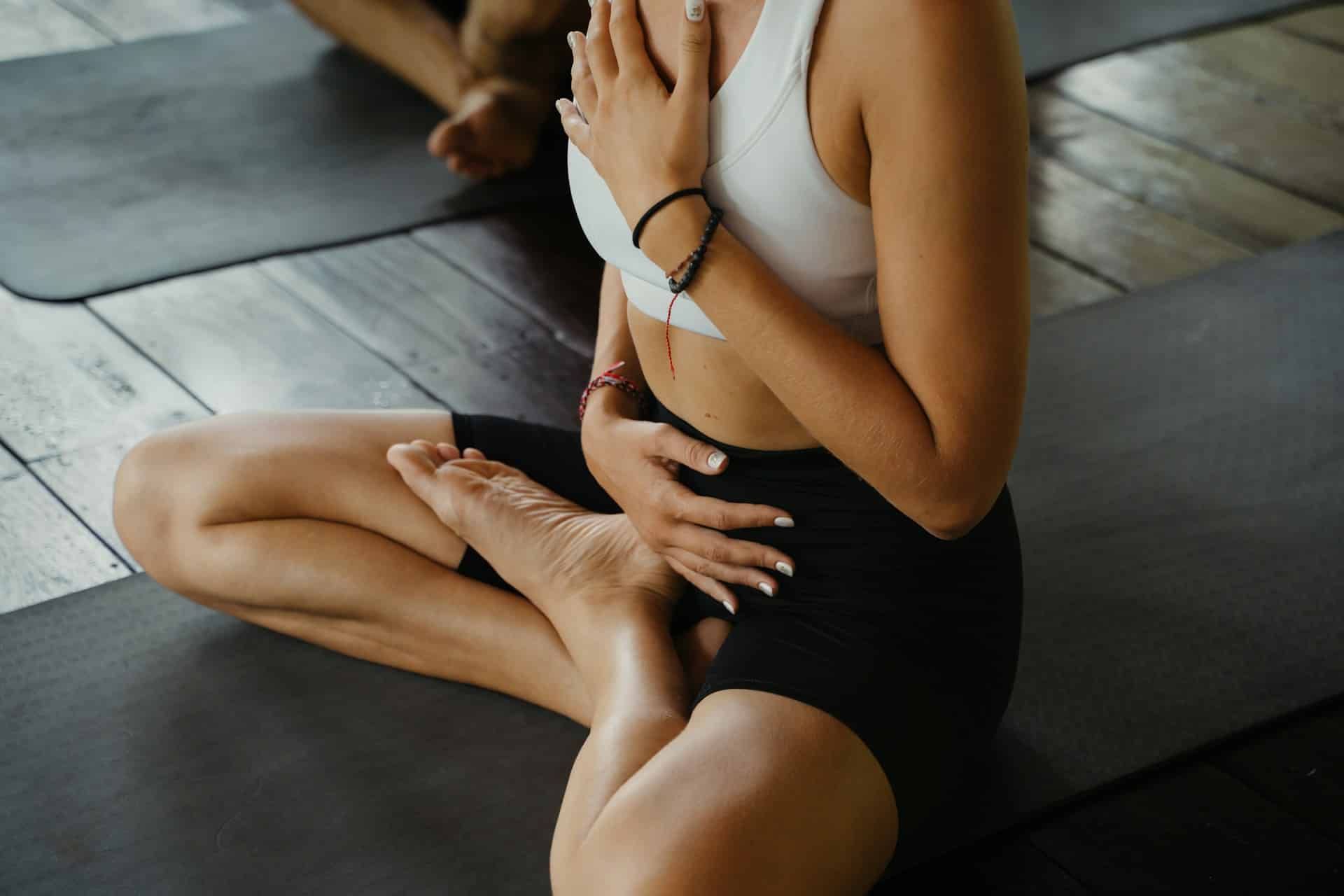The thought of practicing yoga in a room heated to around 105 degrees Fahrenheit for an hour or more might make some people cringe. It’s easy to imagine the discomfort of sweating like it’s a summer’s day while attempting to hold a pose. Yet, this unique experience, known as hot yoga, has been gaining traction for good reason. Beyond the heat, it comes with a parade of potential health benefits that can make the effort worthwhile.
Once people dip their toes into the hot yoga world, many find themselves captivated by the rhythm of breath and movement. The popularity of hot yoga, often referred to as Bikram yoga, isn’t merely a passing trend; it’s rooted in the rewarding experiences and transformations many practitioners report. It combines physical exertion with mental and emotional benefits, creating an all-encompassing practice that really speaks to both newcomers and seasoned yogis alike.
So, what is this hot yoga phenomenon all about, and how does it stand out from traditional yoga styles? Let’s explore the ins and outs of hot yoga and discover whether the myriad claimed benefits are more than just hype.
Hot yoga refers to any style of yoga performed in a heated environment, typically between 80 to 105 degrees Fahrenheit (27-41 degrees Celsius), often with elevated humidity levels. The most recognized form, Bikram yoga, features a specific sequence of 26 postures and two breathing exercises, making it a structured regimen that flows through its routine in the sweltering heat.
However, hot yoga doesn’t stop with Bikram. Various other styles, including Vinyasa, Power, Yin, and Hatha, can also be practiced in a warm setting. The common thread among these practices is their aim to enhance flexibility, circulation, and relaxation through the synergy of heat and posture.
Benefits of Hot Yoga
1. Enhanced Flexibility
Stepping into the heat, your muscles begin to warm up faster, paving the way for deeper stretches. This ensures a greater range of motion and helps reduce the risk of injury. Studies have shown that many participants in hot yoga report noticeable improvements in flexibility. For instance, a study published in the *International Journal of Yoga Therapy* found that more than half of participants credited their hot yoga practice for boosting their flexibility. Other research demonstrates significant gains in lower back and hamstring flexibility after just a few weeks of practice.
2. Detoxification
It may not sound glamorous, but the profuse sweating during hot yoga can do wonders for your body’s detox processes. Sweating actively helps to flush out toxins, effectively supporting your skin health. A study indicated that dynamic activities like hot yoga lead to a higher excretion of heavy metals compared to mere passive sweating, emphasizing how this type of exercise could be pivotal for a detox routine.
3. Calorie Burning and Weight Management
The combination of heat and movement can ramp up your heart rate, melting calories away more efficiently than traditional yoga. An eight-week study on Bikram yoga indicated that participants could burn an average of 286 calories in a 90-minute session. This type of yoga not only supports metabolism but can also play a role in a healthy weight management strategy.
4. Boosting Cardiovascular Health
The elevated temperatures in hot yoga can elevate your heart rate, providing a cardiovascular workout that strengthens both your heart and lungs. Research has suggested that regular hot yoga practice can improve vascular function and reduce arterial stiffness, translating into significant long-term health benefits.
5. Mental Clarity and Focus
Hot yoga combines the physical challenge with a meditative experience, fostering improved concentration and mental resilience. The heat can initially feel overwhelming, yet as you breathe through it, something transformative happens. Mindfulness practices in yoga can help alleviate stress, lower cortisol levels, and cultivate a sense of calm. Studies suggest that practitioners report greater levels of clarity and focus, enabling them to tackle everyday challenges with newfound vigor.
In summary, hot yoga can be a worthwhile practice that offers more than just a sweaty workout. With its blend of physical, mental, and emotional benefits, it’s no wonder that many find themselves not just surviving, but thriving in this heated environment. If you’re considering trying it out, remember that it’s perfectly normal to feel hesitant at first. Every yogi has been there! So, take a leap—who knows, you might find a practice that resonates deeply with you.Combining deep breathing, gentle stretches, and mindful movements, yoga activates the body’s relaxation response, which helps calm your nervous system. If you’ve ever felt that rush of tension building up throughout your body, you might be familiar with how stress hormones can disrupt your day-to-day life. Yoga can be a soothing balm, lowering those stress hormones, releasing tightness, and alleviating physical symptoms like headaches or back pain. Imagine walking into a class feeling tight and anxious, then emerging an hour later feeling lighter and more at ease—this transformation is precisely what yoga aims to offer.
In a heated environment, such as in hot yoga classes, holding poses not only helps build strength but also offers stability that protects your joints. This is especially beneficial if you are concerned about injury or chronic pain. Many hot yoga poses engage major muscle groups, fostering strength and endurance over time. For instance, a 2012 study demonstrated that participants who committed to Bikram yoga notably improved their isometric deadlift strength—a fancy way of saying they got stronger in everyday movements. An additional study suggested that an eight-week Bikram yoga intervention led to increased strength and flexibility in the lower back and hamstrings. These results are not just stats; they resonate with those of us striving for a stronger body and better overall mobility.
Moreover, a study from 2023 involving female college students found that regular yoga practice positively impacted balance and flexibility. It’s not just about looking good; it’s about feeling good and moving with confidence. Similarly, research involving arthritis patients has shown yoga can significantly improve joint health, walking speed, and overall physical functioning. These findings underscore that yoga is not just a workout; it’s a pathway to wellness, particularly for those with specific concerns like arthritis or mobility issues.
Yoga also has remarkable benefits for the immune system. Increased circulation and sweating during practice can help flush out toxins and support your body’s natural defenses. Studies indicate that yoga, including hot yoga, can reduce inflammation markers in the body. This means that incorporating yoga into your weekly routine isn’t just good for your muscles and joints; it could be bolstering your immune health, allowing you to fight off illnesses more effectively.
When it comes to bone health, hot yoga emerges as a potent ally. A decade-long study revealed that participants who engaged in even a short daily yoga regimen improved bone mineral density in critical areas like the spine and hips. For those who may already be facing issues like osteoporosis, engaging in a yoga program can lead to tangible improvements in bone density, dramatically reducing the risk of falls and fractures.
But perhaps what resonates the most with many individuals is how yoga can significantly reduce stress and anxiety. Like traditional yoga, hot yoga emphasizes breath control and mindfulness, creating a powerful antidote to the challenges of a hectic life. One particular study highlighted the acute effects of a 90-minute Bikram session, revealing significant improvements in emotional well-being and reductions in anxiety levels among habitual practitioners. If you’re someone feeling the weight of daily stress, this could be a welcoming relief.
Lastly, emerging research suggests hot yoga can serve as an effective intervention for easing symptoms of depression. In a controlled trial, participants who attended heated yoga sessions reported significant reductions in their depressive symptoms compared to those who didn’t participate. This suggests that yoga could be a viable and enjoyable option for managing mental health, providing a sense of community and support in the process.
While hot yoga and power yoga share similarities, they have unique distinctions. Hot yoga is always conducted in a heated room, creating a more intense experience that emphasizes flexibility and detoxification. Meanwhile, power yoga can be performed in a variety of environments and focuses on strength and continuous movement. If you’re searching for a dynamic way to break a sweat and enhance your strength, power yoga might resonate with you. Both practices can be enriching, allowing you to cultivate your strength and flexibility in different ways.
Ultimately, whether you find yourself drawn to the heat of hot yoga or the intensity of power yoga, both styles offer pathways not only to physical wellness but to emotional balance as well. It’s about the journey of finding what works for you and bringing that calm, centered feeling into your everyday life.When it comes to choosing the right yoga style for your personal practice, it’s crucial to consider not only the physical benefits but also the unique challenges each type presents. Two popular and dynamic forms of yoga, hot yoga and power yoga, both promise increased strength, stress relief, and enhanced flexibility, but they cater to different preferences and fitness levels. Let’s take a closer look at these two approaches, helping you find the one that resonates with your lifestyle and goals.
Is Hot Yoga Safe?
Yoga is widely praised for its numerous benefits, including improved mental clarity, emotional resilience, and physical flexibility. However, the high temperatures in hot yoga raise an important question: Is it safe? If you’ve ever attended a heated class, you may recall how drenched in sweat you became—perhaps creating tiny puddles around you. While the heat can feel purifying, it also demands a certain level of mental focus and strength as you twist and turn in challenging postures. This focus is often why hot yoga practitioners find themselves drawn to the practice; it mingles a physical challenge with a mental journey.
Fans of hot yoga frequently report enhanced mindfulness, improved muscle tone, and a general sense of well-being. However, it’s essential to remain aware of heat-related risks. Here are a few potential issues to consider:
– Dehydration: Sweating heavily can lead to fluid loss. It’s critical to hydrate—before, during, and after your session—to keep your body balanced.
– Overstretching Risks: The warmth of the room can make your muscles feel more pliable, which might tempt you to push your limits. This can lead to overstretching and potential injuries.
– Health Precautions: If you have existing health conditions, such as heart problems or high blood pressure, it’s wise to consult with a healthcare professional before stepping into a hot yoga class.
– Warning Symptoms: Be aware of signs like dizziness, nausea, or excessive fatigue, which may indicate overheating. If you feel unwell, don’t hesitate to take a break or step outside to cool down.
How to Practice Hot Yoga Safely
Listening to your body is your best guide in any class, especially in hot yoga. If you experience lightheadedness, don’t hesitate to step outside, even if it interrupts the flow of the class. Be mindful of your limits while maximizing the benefits. Here are a few strategies to ensure a safer experience:
1. Consider Shorter Classes: Opting for a shorter class can lower your risk of overheating while still providing a beneficial experience.
2. Adjust the Temperature: Classes that are around 98-100°F can still yield great benefits without the extreme heat commonly found in some sessions, usually set at 105°F or higher.
3. Stay Hydrated: While some instructors may discourage frequent water breaks, hydration is essential. Find a teacher who supports regular sipping on water throughout the class.
4. Recognize Your Limits: If you experience symptoms like lightheadedness or muscle cramps, it might be time to re-evaluate your time spent in the heat.
5. Nutrient Replacement: Along with water, consider replenishing lost electrolytes. Foods like bananas or drinks like coconut water can help restore what sweating takes from your body.
Tips for Hot Yoga Newbies
If you’re new to hot yoga, starting off right is crucial. Here are some pointers to help you ease into your practice:
– Select the Right Class: Look for beginner-friendly sessions. Ease into the practice before moving on to more intense classes.
– Hydrate in Advance: Drink plenty of water leading up to your class. Bring an electrolyte-rich drink to help with recovery.
– Dress Appropriately: Lightweight, moisture-wicking clothing can keep you comfortable through those challenging heat levels.
– Bring a Towel and Mat: A slip-resistant mat and an absorbent towel are essential for maintaining grip during your flow.
– Get Used to the Heat: If you tend to be sensitive to heat, start with shorter sessions and gradually increase your exposure over time.
– Continue Listening: Always check in with yourself during practice. If you feel overwhelmed, take a break and focus on your breathing.
– Stay Consistent: Regular practice helps your body adapt and make strides in flexibility, strength, and overall endurance.
Before embarking on your hot yoga journey, it’s wise to evaluate any personal health considerations. Consulting a doctor beforehand can help you make informed choices, especially if you have a history of related health issues.
Hot yoga is not just a workout; it’s an experience that melds physical and mental growth, offering countless benefits ranging from enhanced flexibility to effective stress management. While it can be invigorating and beneficial, it’s paramount to stay hydrated, practice mindfully, and respect your personal boundaries. No matter your fitness level or yoga experience, hot yoga can be a transformative part of your wellness journey—make sure to approach it safely and enjoyably for the best results!
Image Source: Unsplash
































